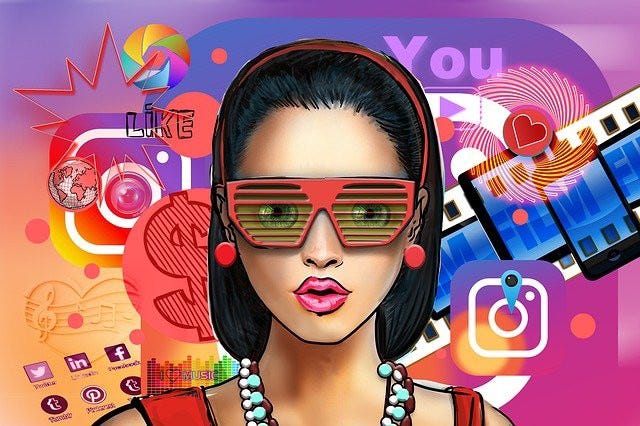Digital Marketing in 2023
Keeping up with digital marketing trends may be difficult, especially given how quickly and frequently the environment is changing.
Your SEO tactics may become antiquated with each new algorithm change.
Occasionally, whole new social media networks are introduced. This revolution has touched the marketing sector, which has altered how audiences and businesses interact.
Considering what lies ahead as you negotiate this always-changing landscape is essential.
A brand-new platform, like Snapchat, Instagram, or Facebook Messenger, appears every few years.
Digital marketing was not even a blip on our radar twenty years ago, if you want to extend your imagination that far.
In light of this, determining where we should be going in the future is the greatest approach to determining what we should be doing right now.
We have more than enough knowledge to look forward to and make our best, educated judgments, even if it is impossible to forecast the future with absolute accuracy.
So here are the emerging and global trends affecting digital marketing in 2023 that you should be aware of:

1. Relationships with Influencers:
People with larger networks are more accessible, and a good shoutout may do wonders for your business.
It’s effective when someone tweets about your brand. Your name is being mentioned, whether or not it was paid.
B2B marketers have noticed the rise in popularity of influencer marketing over the years.
In fact, one report from Oberlo also suggests that: the global influencer marketing market size is expected to hit $16.4 billion in 2022.
Historically, word-of-mouth promotion has been one of the most effective marketing techniques.
If someone they know and trust suggests a good or service, people are more willing to give it a try.
Influencer marketing takes that idea and updates it for the current digital era by partnering a business with an individual who has a specialty and a sizable online following.
By consistently supporting the same business, influencers may retain credibility with their audience while also establishing long-lasting connections with their influencer partners.

2. User-generated content:
Original and brand-specific, this kind of content is made by customers as opposed to brands.
Examples of how businesses may leverage user-generated content include unboxing videos, cosmetic reviews, branded hashtags, and photo tags.
User-generated material may be produced by anybody, therefore incorporating it into your marketing plan can increase the credibility of your brand.
Consumers are more inclined to trust user-generated content than brand-created material, says one report, demonstrating the importance of emphasizing authenticity in your marketing approach right now.
User-generated content may help B2B firms get their brand in front of more people, which boosts engagement and fosters trust.
These days, anyone can create content. To capture images and videos and publish them on social media, all you need is a phone.
User-generated material isn’t actually entirely within the authority of businesses. However, it is a useful tool to assess your company’s standing among consumers, how they use it and the effectiveness of your marketing initiatives.
Positive comments may have a significant impact on purchase decisions when using these for referrals and likes. It is thus strongly advised that you use this right away.

3. Enhanced UI/UX experience:
UX, often known as user experience, is more than simply a trendy buzzword. It speaks of a person’s experience using a system.
A positive user experience benefits SEO. This means that outdated SEO techniques are no longer effective, which is not an issue if your website offers a positive user experience.
A user who has a favorable experience with a product or brand will remain loyal to it and will use it again.